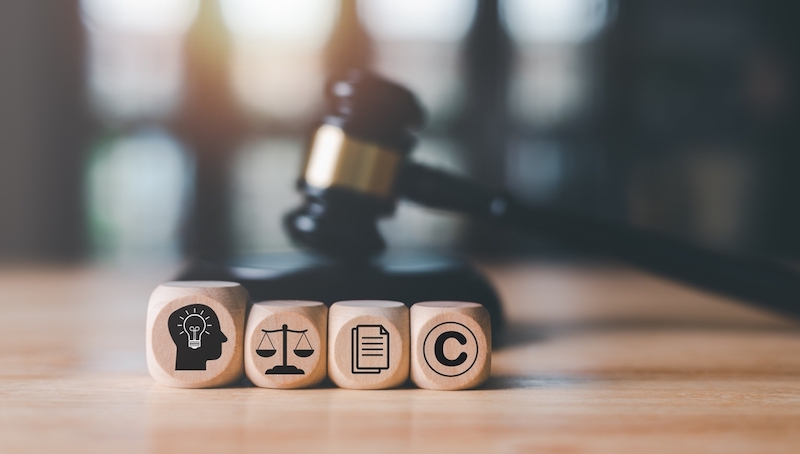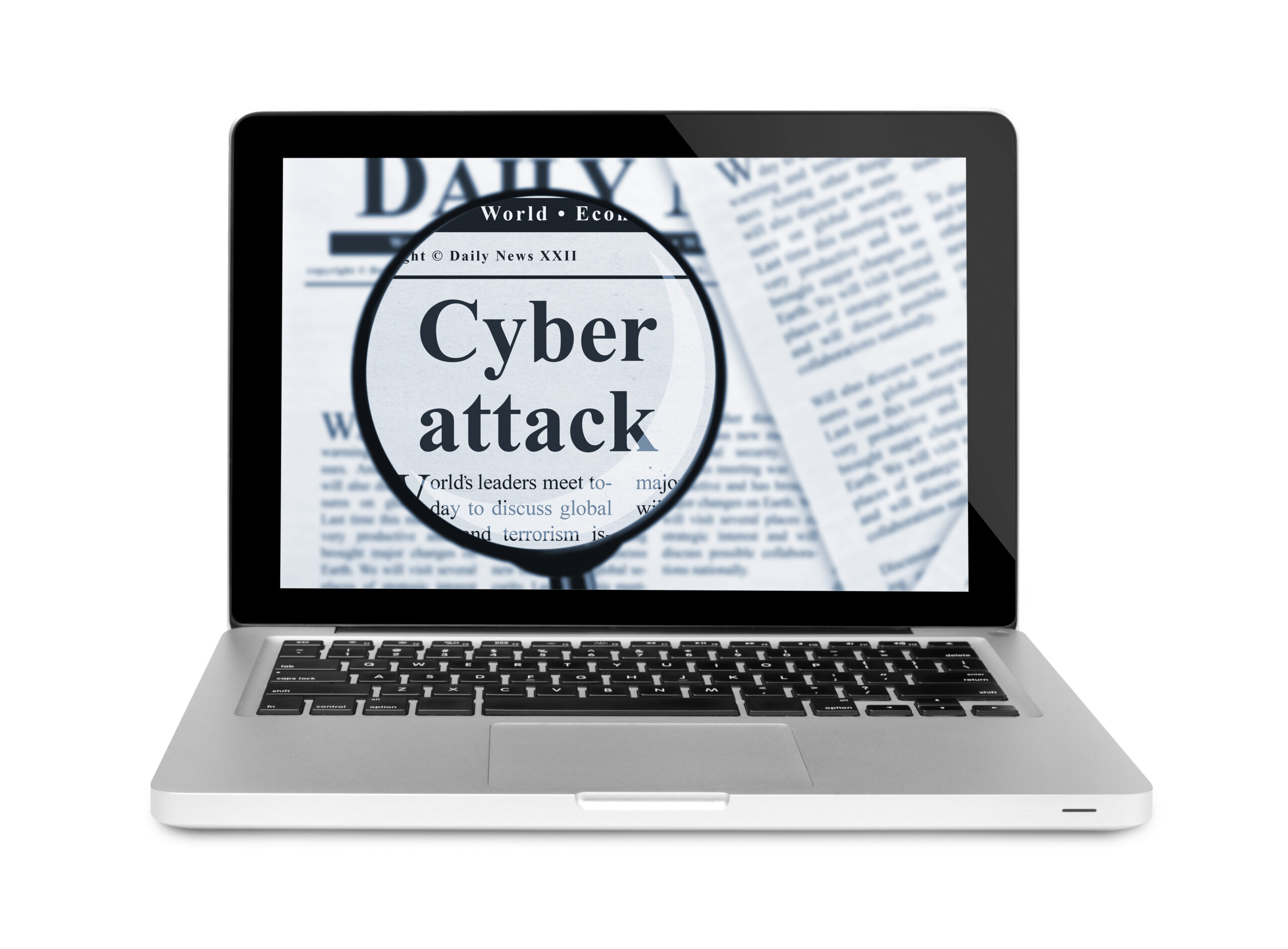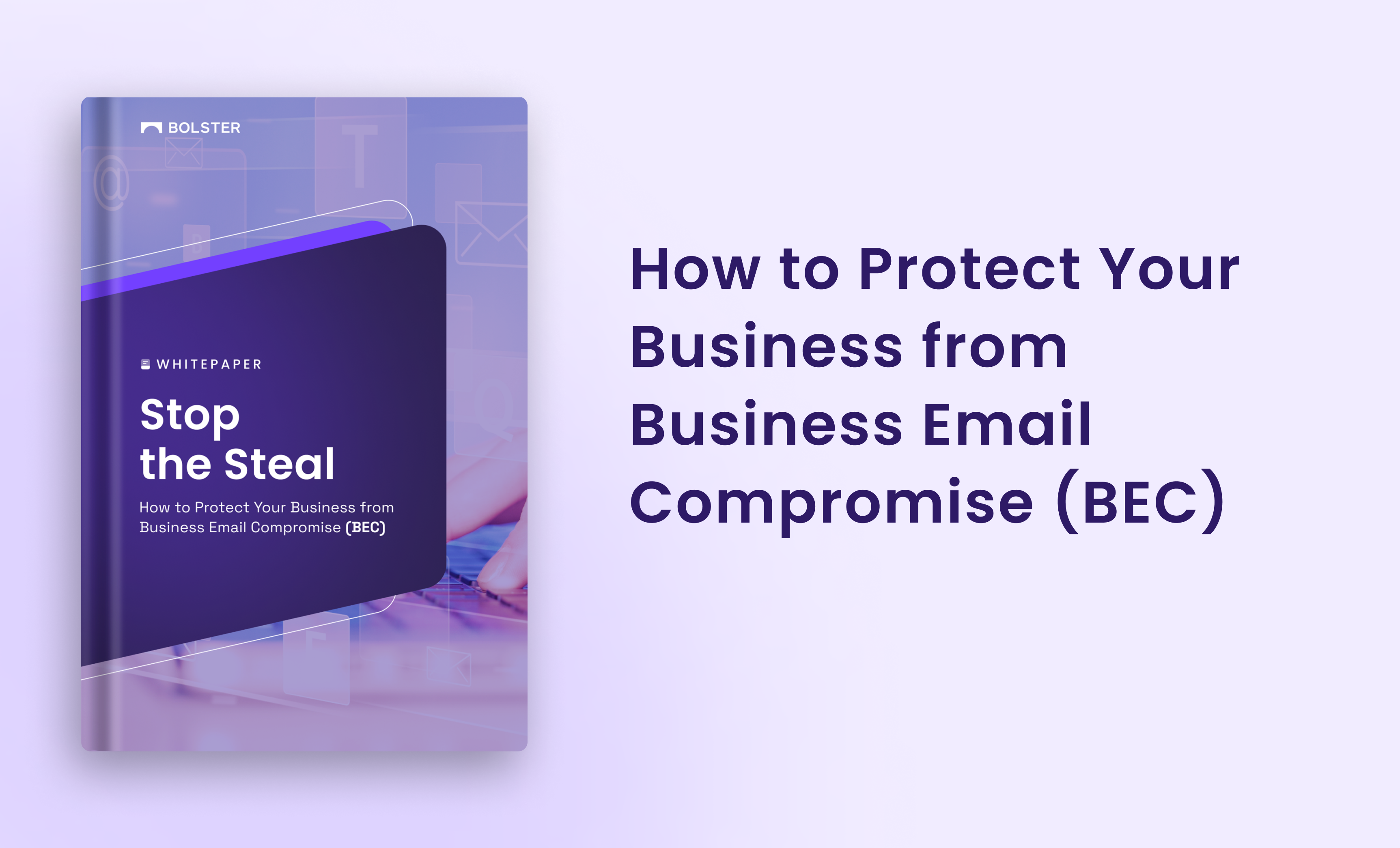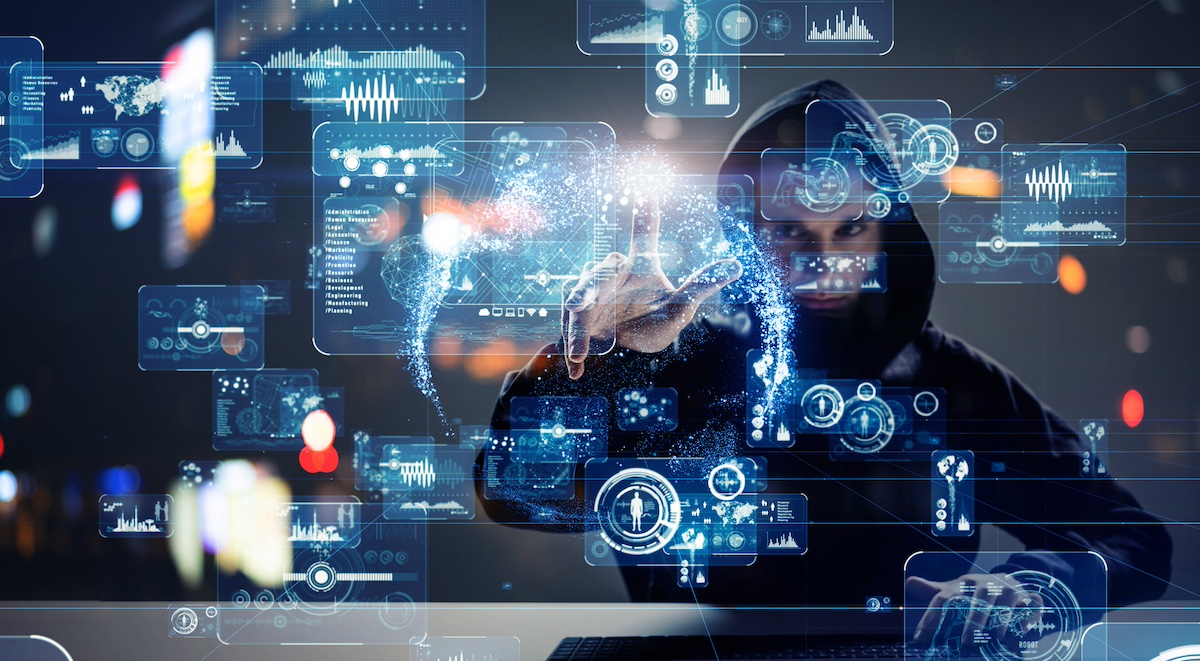Copyright infringement is a fairly common technique for cyber criminals looking to profit off unsuspecting businesses and consumers. Individuals and businesses indulge in it for various reasons, ranging from pure ignorance to wilful infringement based on malicious intent.
There are several famous copyright infringement examples. Perhaps the most famous is that of Napster, a peer-to-peer file-sharing service that was shut down after the music industry successfully sued it for copyright infringement.
This article will look at well-known cases of business copyright infringement in the digital era, lessons we can learn from these cases, and suggest solutions to help you protect your business.
What is Copyright Infringement?
Copyright infringement occurs when copyrighted material is used or produced without the copyright owner’s permission.
Is copyright infringement illegal?
Copyright infringement is illegal when there are proven instances of malicious intent of copyrighted branded assets. Copyright laws in the US protect copyright owners and grant them exclusive rights to:
- Reproduce the work
- Prepare derivative works
- Distribute copies or records of your branded assets
- Perform or display the work publicly
- Transmit recordings digitally of copyright material
Copyright laws differ around the world based on where your business is established, but businesses across the board have rights to sole ownership of their branded assets against fraudulent accounts or other copyright infringement examples.
Forms of copyright infringement
There are several types of copyright infringement examples, some we might be more familiar with because they’re more commonly in the news, but others that impact corporations, or involve more sneaky motives. Forms of copyright infringement can include:
- Downloading music files illegally
- Uploading copyrighted material
- Downloading licensed software from unauthorized sites
- Recording movies in a theater
- Using images or photographs without permission
- Uses branded assets to create websites mimicking the legitimate brand
- Pretending to be a business or executive on social media
- Selling fake goods with “branded” logos on them
Copyright infringement examples can impact an individual person, or can impact a larger business or brand. We’ve outlined four major copyright infringement example cases.
Famous Business Copyright Infringement Examples
These are some of the more well known and famous examples of business copyright infringement in the modern digital era. Brands can learn from the copyright infringement example cases from the past to prevent committing copyright infringement, as well as protecting their assets from suffering the same fate.
Copyright infringement example 1: Apple Inc. vs. Samsung Electronics
Apple and Samsung together supply a major portion of smartphones delivered worldwide. Samsung is also a major component supplier to Apple, supplying advanced display panels, memory chips, and other electronic components.
The dispute between Apple and Samsung is one of the most famous copyright infringement cases.
Understanding the attack
In 2011, Apple initiated legal proceedings against Samsung, alleging patent and trademark infringement related to smartphone and user interface design.
Samsung countersued Apple, alleging infringement of patented communication technologies.
At one point in time, Apple and Samsung were embroiled in more than 50 lawsuits worldwide.
Impact on the businesses
The smartphone patent wars finally ended in 2018 after the companies agreed on an undisclosed settlement.
According to some legal experts, the lawsuits did not accomplish anything. They aimed to win a larger market share and increase profits by banning the competition’s products.
Over the course of the running dispute, both companies spent hundreds of millions of dollars in legal fees.
Even though these are tech behemoths and did not go out of business, the money, time, and effort spent on legal proceedings could have been better spent on developing cutting-edge technologies and innovative products.
Lessons learned from this copyright infringement example
Businesses should be cautious when developing products or services that resemble or incorporate features patented or copyrighted by their competitors. On the flip side, businesses working in highly innovative markets like technology should have a system in place for monitoring for instances of copyright infringement, and a plan for how to act when an attack occurs.
Understanding intellectual property rights and conducting proper research and development can help businesses avoid potential legal disputes and maintain a unique identity for their offerings.
Copyright infringement example 2: Viacom International Inc. vs. YouTube Inc.
Viacom (now known as Paramount) was a media conglomerate that owned and operated radio and TV stations and provided cable television programming services.
The details of the attack
Viacom sued YouTube, alleging copyright infringement for allowing its users to upload video content owned by Viacom without permission.
Google, YouTube’s owner, won an initial decision, which was overturned on appeal. The parties finally resolved the dispute after agreeing upon an out-of-court settlement.
Impact on the businesses
The lawsuit resulted in a prolonged legal battle that lasted seven years. However, neither company won any damages.
The case highlighted the need for online platforms to address copyright infringement proactively, know their rights, and have systems in place to detect copyright infringement as soon as it happens.
During the litigation, YouTube did enact a mass take-down notice issued by Viacom. The court considered this action a favorable process for addressing copyright infringement.
YouTube now implements content filtering systems and collaborates with copyright holders to address infringement issues. It uses Content ID, a digital fingerprinting system developed by Google, to identify and manage copyrighted content.
Lessons learned from this attack
Companies providing online platforms for user-generated content must prioritize copyright protection.
Implementing robust content identification and filtering systems, responding promptly to infringement claims, and cooperating with copyright holders can help mitigate legal risks and foster a copyright-compliant ecosystem.
Copyright infringement example 3: Megaupload
Megaupload was a Hong Kong-based company that provided file storage services.
Detailing the attack
Megaupload was accused of being an online haven for digital pirates. Many users used the site for legitimate purposes, such as backing up work-related files.
Publicly, the site did frown upon illegal uploads: it had a tool for reporting “abuse,” and copyright holders could search for and flag illegal content. The company did also register with the U.S. government under the DMCA.
However, many users uploaded movies, music files, and other types of copyrighted material and easily shared them with friends, family, and others.
Impact on the Business
Megaupload faced legal action from copyright holders and law enforcement authorities.
The platform was shut down, its domain name was seized, associated websites were closed, and its owners were arrested. Its assets were frozen by Hong Kong’s Customs and Excise Department. A New Zealand Court of Appeal ruled that the site owner and three of his ex-colleagues were eligible for extradition to the U.S.
Lessons learned from this copyright infringement example
Companies operating file-sharing platforms or similar services must establish robust measures to prevent copyright infringement.
Taking steps such as implementing content identification systems, responding to takedown notices, and cooperating with copyright owners and law enforcement agencies can help prevent infringement and address related concerns.
Copyright infringement example 4: Google LLC vs. Oracle America
Both Google and Oracle are tech behemoths and supply a range of products and services to customers worldwide.
Understanding the attack
The dispute between these giants was related to parts of Java application programming interfaces (APIs) and several thousand lines of source code.
Oracle alleged that Google used the APIs and source code for initial versions of its Android operating system. It sued Google, seeking $8.8 Billion in damages.
Google admitted to using the APIs but relied on a fair use defense. Fair use permits a party to use copyrighted work without the copyright owner’s permission for some purposes as stipulated in relevant copyright laws.
Impact on the businesses
The tech industry watched the case closely because a decision in either company’s favor would have far-reaching impacts on the software development and tech industries.
The legal battle lasted for years and involved multiple trials and appeals. Finally, the Supreme Court ruled in Google’s favor, finding that using Java APIs fell within four fair use factors.
As a consequence of the dispute, Google moved Android to a copyright-unburdened engine that does not use source code owned by Oracle.
Lessons learned from this copyright infringement example
Businesses involved in software development and integration must ensure they have proper licenses or permissions for using third-party code or APIs.
A clear understanding of copyright law and fair use principles can help businesses avoid legal disputes and ensure compliance with copyright laws and intellectual property rights.
How to Protect Your Business From the Copyright Infringement Examples
It’s important for business leaders to learn from the mistakes of other companies, and work to protect their assets from these copyright infringement examples proactively, instead of reacting once the damage has already been done.
Digital fingerprints, watermarks, and DRM software can help you identify illegal use of your copyrighted material.
- Digital fingerprints are used to track and identify online users and devices. Identity markers create a “virtual profile” of each user and device. These “fingerprints” allow copyright holders to recognize and prevent theft or use of copyrighted information.
- Watermarks can also help prevent copyright infringement. Copyright owners can insert a digital watermark in their digital IP. Anyone using digital IP illegally can be identified, and a copyright notice can be served to discourage infringement.
- Digital rights management (DRM) software allows copyright owners to encrypt copyrighted material, which can only be decrypted by licensed users with a valid decryption key.
Businesses can also benefit from a holistic, automated approach to copyright infringement protection using detection software to monitor for uses of copyrighted materials. Solutions like Bolster can easily integrate with your current digital risk protection strategy and safeguard your assets, without any additional work from your internal team.
Mitigating instances of copyright infringement proactively can save money for your business.
Conclusion
Copyright infringement attacks are a significant concern, especially in the digital age, because it is convenient for malicious individuals and businesses to duplicate or steal protected intellectual property (IP).
Technology provides effective solutions for protecting copyright holders. Platforms like Bolster help organizations safeguard their IP by detecting and preventing copyright infringement.
You can use Bolster to monitor the Internet for instances of your brand being used illegally, and then take appropriate action to address copyright infringement.









